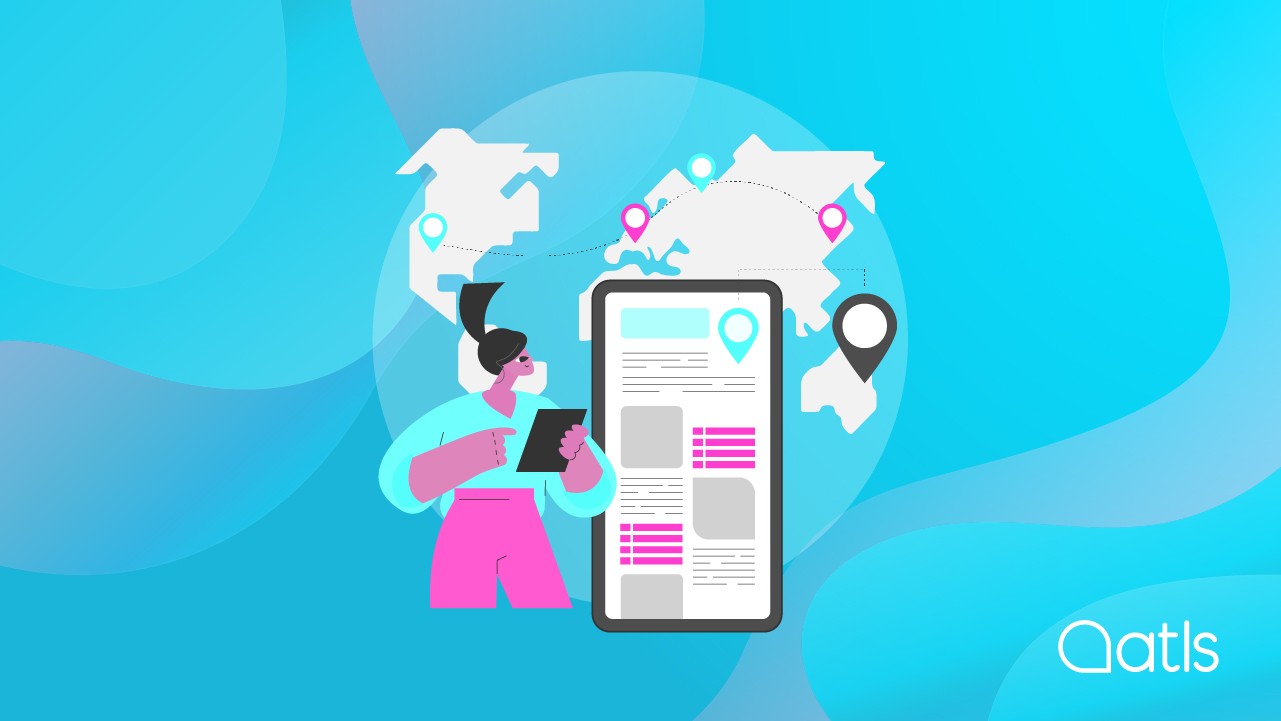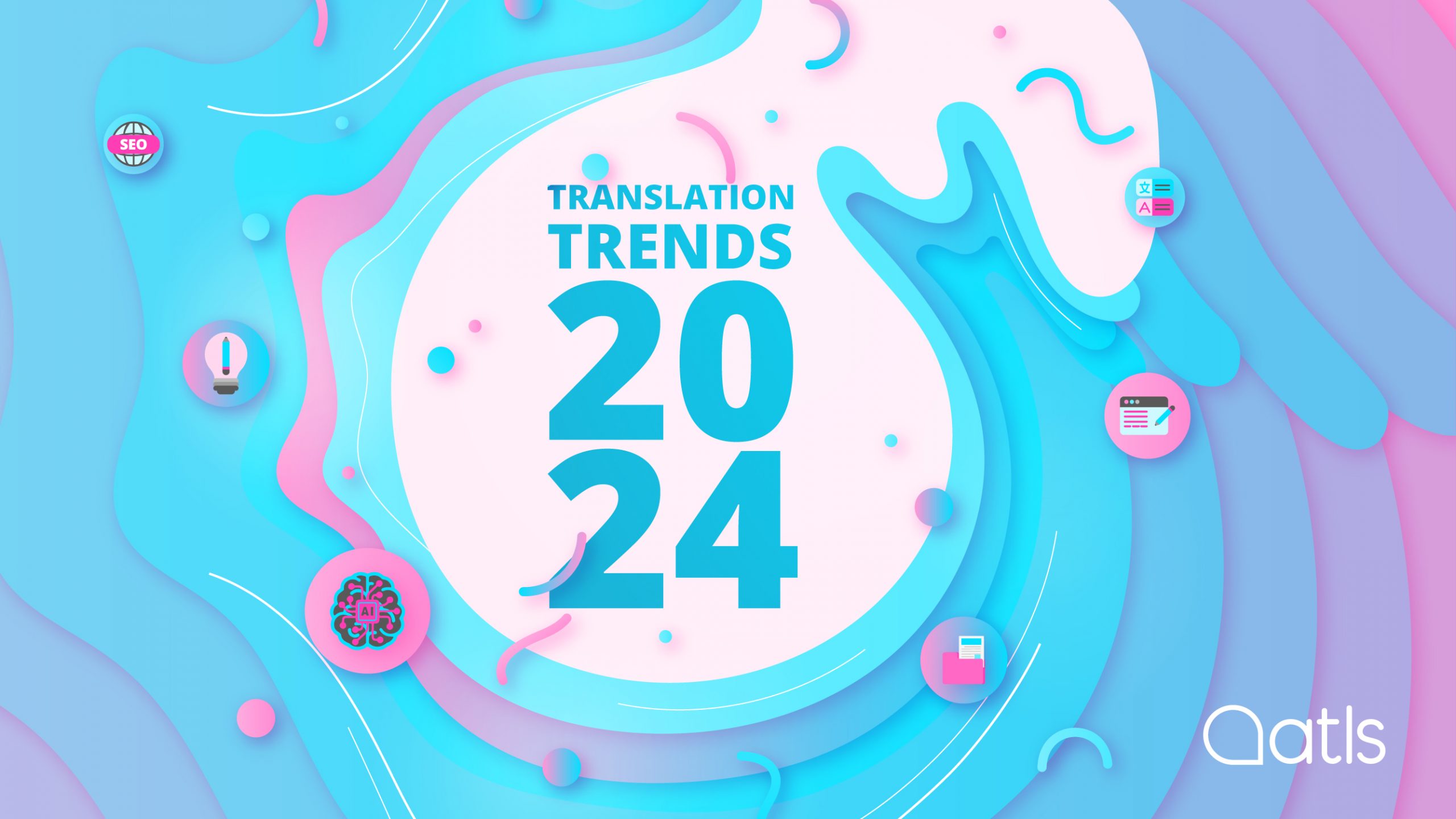Check your website localisation, and make sure you have a truly global reach

The specialist field of adapting websites and mobile apps to make them functional and attractive on international markets (for other languages and cultures), simultaneously conveying your message, is known as website localisation. The big question is, how can you check the effectiveness of localisation?
Table of contents
Do you use a website or mobile app as an online sales platform? Very good. Are you thinking about expanding into new markets and adapting your platforms to other markets? Phenomenal! And what about the whole website localisation thing, have you got that all worked out? Because you're going to need to...
The most obvious, sure way to check your website localisation has been done well is to take a look at the results; if you're making sales, it's all good. Unfortunately, this is like diving head-first into a swimming pool, crossing your fingers and waiting to see what happens. If it all goes well, great! But if not, you'll have lost time - as well as precious money...
At this point, we should probably also shed a little light on more than just 'how to localise the website itself'. We're talking about the parameters and quality standards you need to consider in order to know whether your localisation project has been designed - and implemented - effectively.
Before we start, let's remind ourselves what website localisation actually is
In our profession we tend to take it as given that everyone knows what localisation is all about - but it doesn't have to be that way. We can direct you to a blog post we published at the time, giving you a full rundown of the intricacies of this discipline. Read on for a short summary.
The official definition of localisation describes the process of adapting materials from one language, culture and a market to another. And we mean materials in the broadest sense of the word; we mean the textual content, of course, but also the audiovisual content, the format, and structure (in technical and functional terms).
Sound complicated? Examples are easier to understand. With branding, look no further than the paradigmatic example of Mr. Proper/Don Limpio. With copywriting, blogging, product description or visual image-based tasks, you need to find the right tone, subject matter or concept for each market; it takes a fair amount of cultural sensitivity and awareness if you don't want to put your foot in it - look no further than the now-legendary Dolce & Gabbana debacle.
Localising the platform as well as the content
When we said “adapt the structure in technical and functional terms”, what we were referring to was simply localising a website or a mobile app. Well 'simply' is perhaps a figure of speech. Let's get to the crux of it; at least to a large extent, when you consider that your website is your window display to the world.
When it comes to localisation, which aspects or elements of an online platform should you pay attention to? Take note. There's more than a little (we've summarised it for you in a neat list):
- Visual features of the interface (colours, motifs, illustrations, etc.) according to each culture's cognitive style.
- Design elements, from fonts (and alphabets!) to text orientation and layout.
- Symbols and measurements; if you want to sell in the United Kingdom, customers will want to pay in pounds stirling, and see measurements in inches, etc.
- SEO (choosing the right keywords and tackling your tags and hreflang attributes, etc. is essential)
- Customer service. Having a multilingual chatbot would be a good example.
- Terms and conditions. Data processing, regulatory compliance and other legal requirements sound familiar?
- Accessibility. That the website isn't 'just' multilingual. It should also be multi-locale (Spanish for Spain, but what about Mexico or Argentina?).
- Responsiveness. You also need to consider the bandwidth available, most popular operating systems and usual payment method!
How to check your website localisation is correct, step by step
OK, let's imagine ourselves in a situation. You've got a perfectly well done website, and it's yielding promising results in your own locale (your regional setting - this is what the market or segment you're targeting is known as in international marketing). Now it's time to take the leap and go global (credit where credit's due).
When we embark on a website localisation we know what a complex task it is - on many levels. We know it involves various professionals (marketers, translators, copywriters, graphic designers, web designers, etc.). And above all, we know that it involves several phases, each requiring a serious amount of attention.
As a preliminary step, you should carry out rigorous market research, checking that there really is a buyer persona in your target market, and that you understand their values, preferences and behaviour (something not as obvious as it may seem). For example, if bacon rashers are your best-selling product, you should probably think long and hard before launching in the MENA region...
Step 1: is the content adapted to your target audience in your chosen market?
Your starting point is a full audit, taken from a localisation perspective. Do you understand your new target audience's search intent? Their consumption habits? Behaviours? Do you know their demographics, needs and expectations? Do you know how to successfully convey the added value of your product or service?
If you can understand the close relationship between SEO and copywriting, it's easy to see how big an impact you could get if you recreate your brand image for each market (taking into account language and cultural patterns) in terms of potential customers' relevance, trust, attraction and loyalty. Once you've worked on recreating it, you're halfway there.
Step 2: Is the content translated well?
In purely linguistic terms, when it comes to excellence, the criteria you need to pay maximum attention to are, above all, the fluidity and naturalness of translation; it takes 360-degree familiarity with the target language (even with a particular variety). Other essentials? A rigorous approach to technical terminology, accuracy (grammar, syntactic and orthographic), precision and richness of expression.
It's likely that, to use your secret translation weapon in a localisation most effectively (in terms of ROI), you need to throw yourself into the field of transcreation. This is a tricky terrain to walk, where your website localisation expert will work with a toolkit specific to translation in its purest form, along with elements of international marketing and creative writing.
Step 3: is the multimedia content translated?
The audiovisual elements included on a website (images, music, videos, etc.) are just as important as the written text. Your first challenge is working out whether any of your original content could be considered inappropriate in your target locale. The second is finding (or creating) content better suited to expressing your message in your chosen target market.
It's obvious in some cases like video game localisation. The audiovisual elements are simply essential, taking it to the extreme. The product's own viability depends largely on a localisation that resonates with your target audience. In advertising, this is synonymous with a deep emotional connection (in this case, the emphasis is on cultural) without any friction or jarring sensations.
Step 4: have the legal documents been adapted to each market?
It would be unthinkable for any international marketing agency to do the considerable amount of work involved in a localisation, only to disregard all the legal and regulatory aspects of the target market. Your terms and conditions and privacy policy are on your website for a reason (especially when it comes to commercial websites).
So, when you're localising a web domain, you really need to take a careful, painstaking approach to translating and reviewing the legal documentation. It's worth working with translators who specialise in the subject who are familiar with texts like these, as well as the common and essential clauses to include and turns of phrase used to convey such concepts. You can't do anything if you don't get that right.
Step 5: has the software and user interface (UI) been adapted to the target market?
If the code represents the major organs of a website or app, the user interface represents the overall image, face and business card. UI is largely responsible for kicking off your sales funnel, enticing your users to stay (and buy, with any luck) rather than instantly click off elsewhere.
The website architecture, URL structure, dynamic content, UTF-8 coding, forms and shopping baskets, multilingual accessibility, culturally adapted browsing... All this and much more should be adapted in optimised software for an international website. And should be tested.
Now for the last thing! The user experience
Last, but absolutely not least, comes examining the user experience - commonly known as the UX. This means checking, via testing, surveys, interviews - and any other means within your scope - that both the product and above all the website or mobile app have been effectively adapted to your target market.
How is it carried out? In a number of ways, but the most common way is to bring together a group (or several) of people with a profile that corresponds to your buyer persona and get them to experiment with your product or service. Afterwards, you ask for feedback and thoroughly analyse the results of their experience. And of course, revise and correct accordingly.
The real moment of truth comes when you show your website to a real-life audience. And now you know that website localisation takes the professionals (as you'll have seen) and that there are specific UX research techniques to use, it's an easy leap to see that the UX research itself should be 'localised'. And it's easy to see how important it is to adapt your UX testing to your target locale - if you want meaningful results.
If we could sum it up in a single (short) sentence, neatly packaged for you to take home, it would be this: website localisation isn't something to take lightly. If you're launching into international markets, it's not something you can do without. Nor should you leave it in the hands of your friend 'who knows about IT', or blindly forge ahead with a machine translation tool. Website localisation specialists are there for a reason: how a professionally localised website performs is streets ahead of one that isn't done by the experts.
Do you know if your website is well localised?
We've done our bit to this point, explaining the website localisation process. If we managed to help you understand why - and how - you should do it, marvellous: that was the idea. If you've been paying attention so far, you'll have realised that analysing your international and multilingual website localisation is no walk in the park. It takes a fair amount of technical know-how.
It's also very helpful to use the right tools - ones that can facilitate and optimise the website localisation process, like:
- Analysis and SEO tools:
- Computer-assisted translation (CAT) tools.
- Translation tools for code strings.
- Linguistic quality assurance (LQA) tools.
- Multimedia content generation tools.
- Specialist website localisation tools.
- UX analysis and management tools.
So now you know the question: Who can help me localise my website? And we know the answer... Us! Get in touch, ask us anything you need to know and tell us more about your specific situation. Request a quote, and we can work out the most effective (and cost-effective) way of launching your website into the international orbit.







